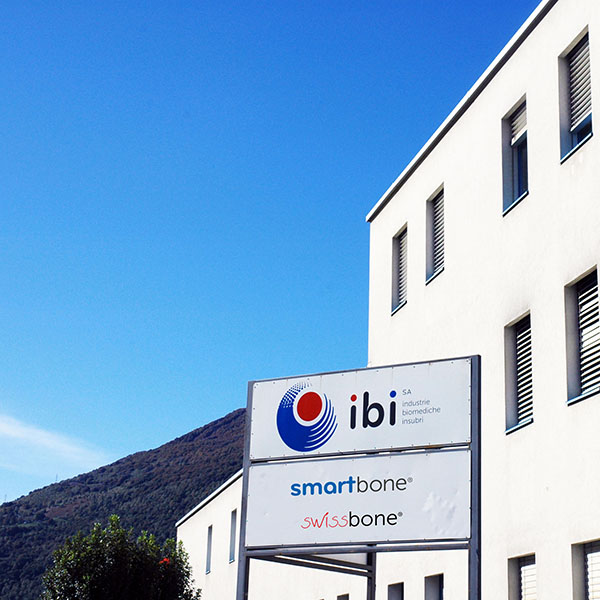CLOSE

Date:
2018
Journal:
Stem Cells International Volume 2018, 11 pages
Author:
I. Roato, D. C. Belisario, M. Compagno, L. Verderio, A. Sighinolfi, F. Mussano, T. Genova, F. Veneziano, G. Pertici, G. Perale and R. Ferracini
Link:

Regenerative medicine based on stem cell ability to potentially repair injured tissues is a promising treatment for many orthopaedic problems [1, 2]. Indeed, the availability of adult stem cells, such as mesenchymal stem cells (MSCs), which can be easily retrieved by adipose tissue, has dramatically enlarged their potential field of application [3–7]. One of the major limitations of MSCs is represented by the necessity to expand them through in vitro culturing, transforming them into a pharmaceutical product with its restrictive regulatory clearance and connected difficulties for clinical routinary use. Thus, a strong interest was generated by the stromal vascular fraction (SVF), the noncultured fraction of MSCs, directly obtained after collagenase treatment of adipose tissue [2]. SVF contains MSCs called adipose tissue-derived stem cells (ASCs), which are able to differentiate in bone, cartilage, and adipose tissue [7, 8] and have been successfully used in human patients without the need of a surgical procedure [9]. In the last decade, many clinical trials tested infusion of ASCs or SVF alone or in combination with platelet-rich plasma (PRP): they not only showed encouraging results in regenerating cartilage in patients with large cartilage lesions or with osteoarthritis (OA)but also report improvement in orthopaedic scores for pain, function, range of motion, and MRI evidence of cartilage regeneration [9–11]. Often in OA, there is a concomitant subchondral bone damage; thus, a role of SVF in regeneration of bone is envisioned. Moreover, other pathological conditions (e.g., osteonecrosis of femoral head, bone fracture, and nonunion fractures) could benefit from the SVF ability to regenerate bone. In order to improve bone regeneration, different scaffolds have been generated, using different biomaterials, and recent trends point towards a composite approach for best mimicking the human bone structure [12]. In this framework, SmartBone (SB), a xenohybrid bone graft [13], resulted to be particularly efficient: it is commercially available as a medical device, and it was initially developed as a bone substitute for reconstructive surgeries in the presence of bone losses, giving excellent results [13, 14]. SB is constituted of a bovine bone matrix reinforced by a micrometric thin poly(l-lacticco-ε-caprolactone) film embedding RGD-containing collagen fragments (extracted by purified bovine gelatin), which overall results in increased mechanical properties, hydrophilicity, cell adhesion, and osteogenicity [14]. In order to deeply investigate the basic biological mechanisms beneath the recorded clinical performances of such a graft and to investigate the bone-regenerative potential of ASCs and SVF, we studied their ability to colonize SB and generate new tissue when cultured on it [15].

IBI SA
Industrie Biomediche Insubri SA
via Cantonale 67, CH-6805 Mezzovico-Vira, Switzerland
t. +41 91 93.06.640
f. +41 91 220.70.00